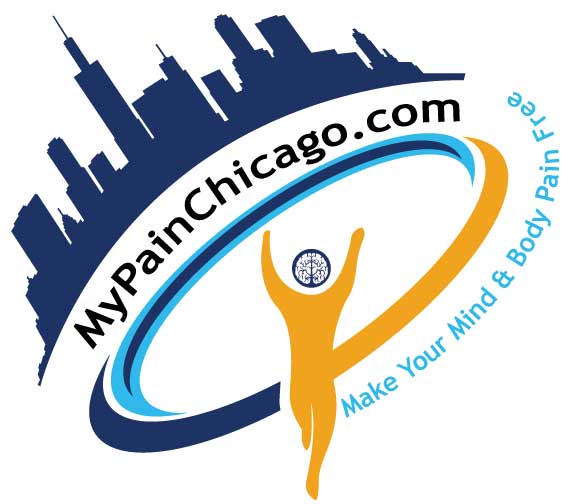Patient Resources
Don’t See the Information You Want?
If you don’t see the information or resource you are looking for, please send us a request and we will be happy to assist you.
Treatment Info
Epidural Steroid Injections: An epidural steroid injection is an injection of local anesthetic and steroid into the epidural space, which is located in the spine just outside of the dural sac. The goal of an epidural steroid injection is to provide pain relief by reducing the swelling of the nerve roots as they exit the spine. An epidural steroid injection will not correct a preexisting medical problem, but it may decrease your level of pain. It is not unusual for someone to need more than one injection to get a long-term benefit.
Facet Blocks/Medial Branch Blocks: A facet block is an injection of local anesthetic and steroid into a joint in the spine. A medial branch block is similar, but instead of injecting the medication into the joint, it is injected outside the joint near the medial branch, the nerve that leads to the joint. Facet blocks and medial branch blocks are typically ordered for low back pain or for patients who have pain primarily in their back coming from arthritic changes in the facet joints. You may require multiple injections depending on how many joints are involved.
Radiofrequency Ablation Procedures of the Spine: Radiofrequency ablation uses radio waves to produce heat and destroy tissue, usually nerve tissue. This heat energy is created by a special generator at high frequencies and is delivered to nerves that carry pain impulses. By selectively destroying nerves that carry pain impulses, this procedure can reduce or eliminate pain for a few months to a year. Radiofrequency ablation is used to provide longer-term pain relief than injections or nerve blocks. Many patients who are being considered for this procedure have already undergone injections or nerve blocks with minimal pain relief.
Trigger Point Injections: A trigger point injection is an injection of local anesthetic, with or without a steroid, into the trigger point of a muscle. A trigger point is a band of tissue within a muscle that causes pain when pressed. Trigger point injections are ordered by your doctor to break up a tight muscle. You must be involved in an active stretching and strengthening program to help prevent the trigger points from returning. Trigger point injections may need to be repeated, especially if you are unable to perform your exercises because of pain or muscle spasms. Exercise is the key to both eliminating and preventing trigger points.
Celiac Plexus Block: A celiac plexus block is an injection along the side of the spine where the celiac plexus is located. The celiac plexus is a bundle of nerves that supplies organs in the upper part of the abdomen. There are two types of blocks: diagnostic and neurolytic. Diagnostic blocks temporarily numb your nerves. Neurolytic blocks destroy your nerves. Doctors often perform a diagnostic block prior to a neurolytic block to ensure that you will have pain relief from this type of injection. Your doctor may also perform a diagnostic block to help determine where the pain is coming from when you have abnominal pain but don’t know what is causing it. This injection is typically ordered by your doctor for pain from pancreatitis or pancreatic cancer.
Stellate Ganglion Block: A stellate ganglion block, or sympathetic block, is an injection of local anesthetic into the front of the neck. Typically, your doctor will order a stellate ganglion block for pain in the head, neck, chest or arm caused by sympathetically maintained pain, nerve injury, shingles or intractable angina. Stellate ganglion blocks are also used to see if blood flow can be improved in circulation problems caused by conditions like Raynaud’s syndrome or CREST syndrome. Stellate ganglion blocks may be diagnostic or therapeutic. The procedure will most likely have to be repeated to get long-lasting benefit. The frequency of injections depends on how long your pain relief lasts between injections. Usually, you will experience a longer period of pain relief after each injection.
Root Block: A root block is an injection of local anesthetic and steroid under X-ray guidance into the area where the nerve exits the spinal column. A root block is usually ordered by your doctor for pain in the arm or leg that follows the path of a single nerve. A root block may be diagnostic or therapeutic. If you get lasting benefit from the injection, the block may be repeated.
Regenerative Medicine: A process of creating living, functional tissues to repair or replace tissue or organ function lost due to age, disease, damage, or congenital defects. This field holds the promise of regenerating damaged tissues and organs in the body by stimulating previously irreparable organs to heal themselves.

Schedule Your Appointment to be PAIN FREE!
The MyPainChicago Physicians are experts in diagnosing chronic pain conditions & drug-free pain management treatments.
OUR LOCATIONS
PRIMARY OFFICE
Thorek Memorial Hospital
850 W. Irving Park Rd,
Chicago, IL 60613
CALL: (773) 975-6775
FOLLOW US ON SOCIAL MEDIA
Stay up to date on how CAPS can help you manage your pain!
My pain isn't from an accident, can you help me?
Yes! We are experts in many types of pain, not just accident-related pains.
Can I make an appointment by phone?
Yes, we are always happy to answer your questions.

